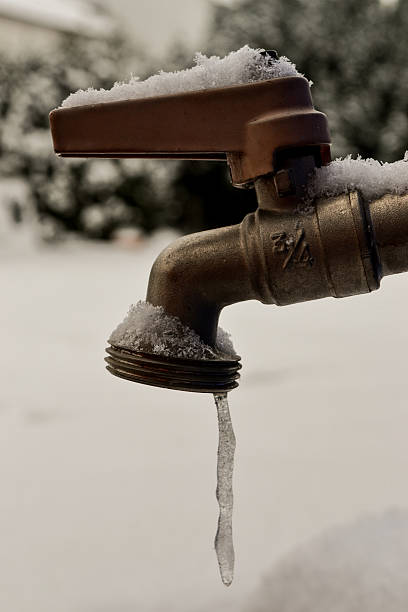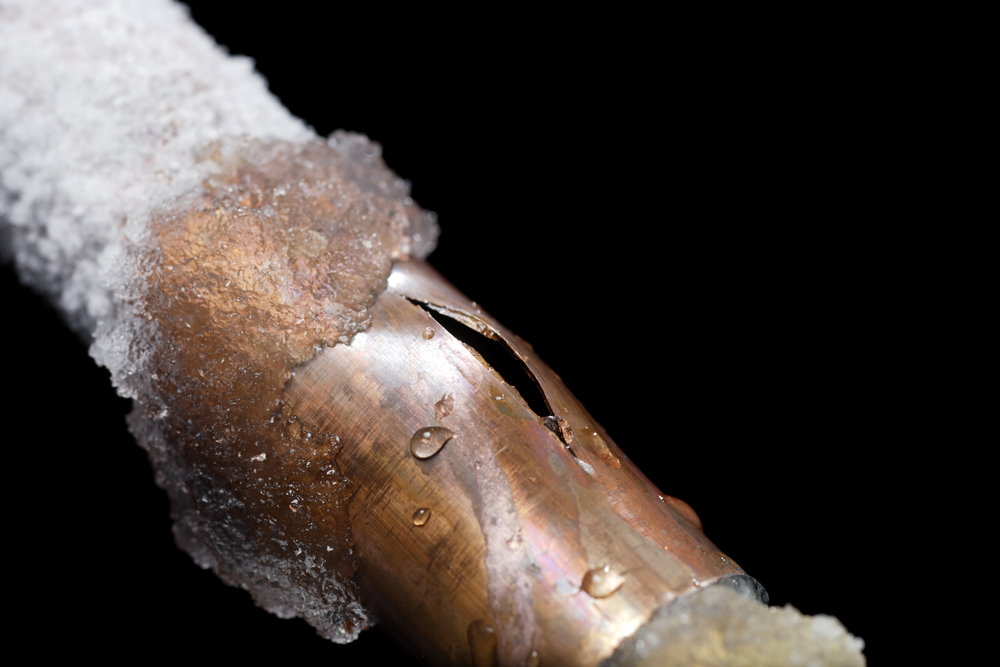Crucial Advice to Prevent Frozen Plumbing in Winter: Specialist Guidance
Visit HomepageWhat're your ideas about How to prepare your home plumbing for winter weather?

Cold weather can damage your plumbing, specifically by freezing pipes. Below's exactly how to prevent it from occurring and what to do if it does.
Intro
As temperatures decline, the danger of frozen pipelines increases, potentially resulting in expensive repair services and water damage. Comprehending how to avoid icy pipes is important for property owners in cold environments.
Recognizing Icy Pipelines
What creates pipes to freeze?
Pipelines freeze when subjected to temperature levels listed below 32 ° F (0 ° C) for extended durations. As water inside the pipes ices up, it broadens, taxing the pipeline walls and possibly causing them to burst.
Dangers and damages
Frozen pipes can bring about water system disruptions, building damages, and expensive repair services. Burst pipelines can flooding homes and trigger comprehensive structural damages.
Signs of Frozen Piping
Determining frozen pipelines early can stop them from rupturing.
How to identify frozen pipelines
Try to find reduced water flow from taps, uncommon smells or noises from pipes, and visible frost on exposed pipes.
Prevention Tips
Shielding prone pipes
Wrap pipes in insulation sleeves or utilize heat tape to safeguard them from freezing temperatures. Concentrate on pipes in unheated or exterior locations of the home.
Home heating techniques
Keep indoor spaces properly heated up, particularly areas with plumbing. Open up cupboard doors to permit warm air to distribute around pipelines under sinks.
Securing Outside Pipes
Garden pipes and exterior faucets
Detach and drain garden hoses before wintertime. Install frost-proof spigots or cover outdoor faucets with protected caps.
What to Do If Your Pipelines Freeze
Immediate activities to take
If you think icy pipelines, maintain faucets available to soothe pressure as the ice thaws. Use a hairdryer or towels taken in hot water to thaw pipelines gradually.
Long-Term Solutions
Architectural modifications
Consider rerouting pipes away from outside walls or unheated locations. Add added insulation to attics, basements, and crawl spaces.
Upgrading insulation
Invest in top notch insulation for pipes, attics, and walls. Correct insulation assists preserve constant temperatures and decreases the danger of icy pipelines.
Conclusion
Stopping icy pipelines calls for proactive procedures and quick feedbacks. By recognizing the causes, indicators, and safety nets, homeowners can protect their pipes during cold weather.
5 Ways to Prevent Frozen Pipes
Drain Outdoor Faucets and Disconnect Hoses
First, close the shut-off valve that controls the flow of water in the pipe to your outdoor faucet. Then, head outside to disconnect and drain your hose and open the outdoor faucet to allow the water to completely drain out of the line. Turn off the faucet when done. Finally, head back to the shut-off valve and drain the remaining water inside the pipe into a bucket or container. Additionally, if you have a home irrigation system, you should consider hiring an expert to clear the system of water each year.
Insulate Pipes
One of the best and most cost-effective methods for preventing frozen water pipes is to wrap your pipes with insulation. This is especially important for areas in your home that aren’t exposed to heat, such as an attic. We suggest using foam sleeves, which can typically be found at your local hardware store.
Keep Heat Running at 65
Your pipes are located inside your walls, and the temperature there is much colder than the rest of the house. To prevent your pipes from freezing, The Insurance Information Institute suggests that you keep your home heated to at least 65 degrees, even when traveling. You may want to invest in smart devices that can keep an eye on the temperature in your home while you’re away.
Leave Water Dripping
Moving water — even a small trickle — can prevent ice from forming inside your pipes. When freezing temps are imminent, start a drip of water from all faucets that serve exposed pipes. Leaving a few faucets running will also help relieve pressure inside the pipes and help prevent a rupture if the water inside freezes.
Open Cupboard Doors
Warm your kitchen and bathroom pipes by opening cupboards and vanities. You should also leave your interior doors ajar to help warm air circulate evenly throughout your home.

I am just very excited about How to prepare your home plumbing for winter weather and I am assuming you enjoyed reading the new entry. Liked our entry? Please share it. Help somebody else discover it. Many thanks for your time invested reading it.
Call Today